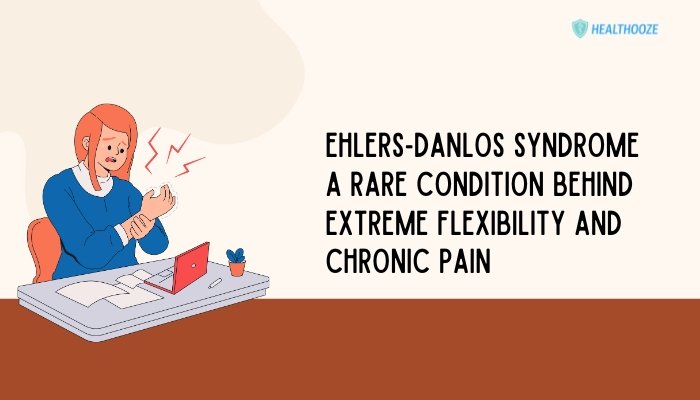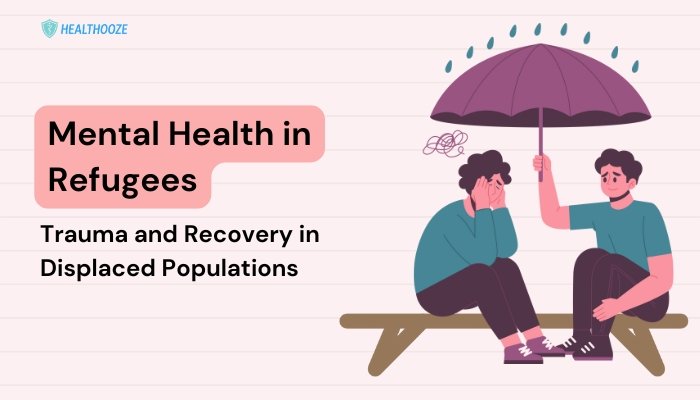Introduction
Glioblastoma (GBM), sometimes called glioblastoma multiforme, stands among the most aggressive and lethal forms of brain cancer. Originating within the brain’s glial cells, glioblastoma typically strikes adults and is notorious for its rapid growth, infiltration into neighboring tissues, and resistance to many standard therapies.
While patients and families battle with daunting statistics and challenging treatments, ongoing research into immunotherapies, targeted drugs, and novel diagnostic tools offers hope for extending survival and improving quality of life.
This article delves into glioblastoma’s defining characteristics, current treatment strategies, and the cutting-edge developments that could redefine its prognosis.
Understanding Glioblastoma
Where It Begins
Glioblastoma is a type of glioma—a tumor arising from the glial cells that support and protect neurons. Of all gliomas, GBM represents the most advanced (Grade IV) category, featuring highly abnormal cells, extensive blood vessel formation (angiogenesis), and the ability to invade surrounding brain tissue.
Who’s Affected
Most often diagnosed in middle-aged or older adults, glioblastoma can also appear in younger populations, though less commonly. Risk factors remain relatively elusive. Exposure to ionizing radiation or certain genetic syndromes (like Li-Fraumeni syndrome) slightly raise the risk, but most GBMs occur sporadically. Men have a slightly higher incidence than women, and it can develop anywhere in the brain—commonly in the cerebral hemispheres (frontal and temporal lobes).
Symptoms
Because GBM grows rapidly and increases intracranial pressure, patients may experience:
- Headaches: Often worse in the morning or lying down.
- Seizures: Tumor irritation of brain tissue can trigger epileptic episodes.
- Cognitive or Personality Changes: Confusion, memory lapses, or mood shifts if frontal lobes are involved.
- Weakness on One Side: Pressure on motor pathways leading to limb or facial muscle weakness.
- Speech Difficulties: If the tumor affects language regions, patients may struggle to find words or form coherent sentences.
Why Glioblastoma Is So Aggressive
Rapid Cell Division and Infiltration
Tumor cells proliferate swiftly, forming dense masses that also send out microscopic tendrils into adjacent tissues. Removing every cancerous cell surgically becomes nearly impossible since infiltration extends beyond visible margins.
High Vascularity
GBMs secrete molecules stimulating abnormal blood vessel development, fueling the tumor with nutrients and oxygen to support unrestrained growth. This vascular network also complicates treatment penetration, as uneven blood flow can hamper drug delivery.
Molecular Complexity
Glioblastomas often harbor multiple genetic mutations (e.g., EGFR amplification, PTEN loss, IDH wild-type). This heterogeneity fosters varying clones within a single tumor, each responding differently to therapies. As a result, standard chemo or radiation frequently spares subpopulations of resilient tumor cells.
Standard Treatment Approaches
Surgery
Maximal Safe Resection: Neurosurgeons aim to remove as much tumor mass as possible without damaging essential brain functions. Image guidance or fluorescent dyes (e.g., 5-ALA) help distinguish tumor tissue. Complete eradication is rarely feasible, but partial resection can reduce mass effect and boost response to subsequent treatments.
Radiation Therapy
External Beam Radiation typically follows surgery to kill residual cancer cells. Fractionated radiation over several weeks spares healthy tissues while targeting tumor zones. Combining radiation with chemotherapy (temozolomide) forms the cornerstone of post-surgical therapy—a protocol commonly called the Stupp protocol.
Chemotherapy
Temozolomide is an oral alkylating agent that, used concurrently with and after radiation, extends survival modestly. Its effectiveness can be influenced by the tumor’s MGMT promoter methylation status; tumors with methylated MGMT are often more responsive.
Expanding Frontiers: Emerging Treatments
Targeted Therapies
- EGFR Inhibitors: Some GBM cases overexpress the EGFR gene. Drugs aimed at blocking EGFR or associated pathways have shown limited efficacy, but newer versions or combination regimens are under study.
- Bevacizumab: An anti-VEGF monoclonal antibody used to reduce blood vessel growth. Though it can slow progression, it hasn’t significantly improved overall survival when used alone. Nevertheless, it alleviates edema and sometimes improves quality of life.
Immunotherapy
- Checkpoint Inhibitors: While extremely promising for other cancers, checkpoint inhibitors (e.g., PD-1 or CTLA-4 blockers) have had modest results in GBM so far, possibly due to the brain’s immunosuppressive microenvironment. Ongoing trials are exploring novel combinations or local immune modulators.
- Cancer Vaccines: Personalized vaccines derived from tumor antigens or peptides to elicit T-cell responses show early-phase potential.
- CAR T-Cell Therapy: T-lymphocytes engineered to target GBM-specific antigens might infiltrate the tumor and kill malignant cells. Still experimental and dealing with challenges like tumor heterogeneity.
Precision Medicine and Gene Therapy
Investigations into each tumor’s molecular fingerprint can lead to more individualized therapy. Additionally, gene therapy attempts to insert or correct genes within the tumor environment, or deliver oncolytic viruses that replicate in and kill tumor cells.
Quality of Life and Support
Symptom Management
- Corticosteroids: Often used to reduce intracranial edema and headache, though side effects (e.g., hyperglycemia, muscle weakness) necessitate cautious dosing.
- Anti-Seizure Drugs: For tumor-related epilepsy, medications like levetiracetam or valproate help prevent recurrent seizures.
- Rehabilitation: Physical, occupational, or speech therapy if motor or language deficits occur.
Psychosocial Care
Glioblastoma demands emotional resilience—worsening neurological deficits, uncertain prognoses, and the daily stress of appointments or caretaker responsibilities. Psycho-oncology services, support groups, or spiritual counseling can help patients and families cope.
End-of-Life Considerations
For recurring or advanced glioblastoma, decisions regarding further chemo or targeted therapies must balance possible benefits against diminished quality of life. Palliative care or hospice programs optimize comfort and preserve dignity as disease progression limits independence.
Future Directions
Novel Clinical Trials
From combining checkpoint inhibitors with viral therapies to advanced imaging that guides real-time resection, new trials aim to break the survival plateau. Encouraging more patients to explore these trials fosters data generation and potentially transformative breakthroughs.
Early Detection Tools
Better imaging or biomarker analysis (like liquid biopsy for circulating tumor DNA) might detect or track minimal residual disease earlier, guiding second-line therapies before large recurrences appear.
Collaboration and Data Sharing
Glioblastoma research benefits from multi-institution consortia, such as The Cancer Genome Atlas (TCGA), uniting scientists, clinicians, and patients worldwide. Standardizing protocols and pooling resources can accelerate discovery.
Conclusion
Glioblastoma’s formidable reputation stems from its stealthy infiltration, complex biology, and limited treatment success. Yet, incremental strides—from advanced surgical tactics to experimental immunotherapies—are gradually shifting the treatment landscape, offering extended survival for some patients. Holistic, multidisciplinary care remains crucial, encompassing robust symptom control, mental health support, and readiness for palliative pathways if needed. As research intensifies, so does the collective hope of transforming glioblastoma from an invariably terminal diagnosis into a condition with significantly improved outcomes—and, ultimately, a potential cure.
References
- Stupp R, Mason WP, van den Bent MJ, et al. Radiotherapy plus Concomitant and Adjuvant Temozolomide for Glioblastoma. N Engl J Med. 2005.
- http://cancer.gov/
- Weller M, van den Bent M, Tonn JC, et al. European Association for Neuro-Oncology (EANO) guidelines on the diagnosis and treatment of adult astrocytic and oligodendroglial gliomas. Lancet Oncol. 2017.
- Tan AC, Ashley DM, López GY, et al. Management and molecular biology of glioblastoma. Nat Rev Clin Oncol. 2020.






